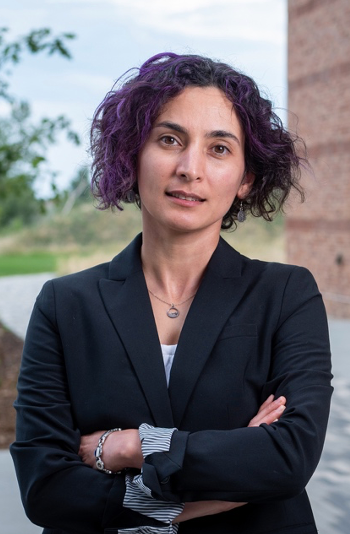
Formation of chemical analysis division
Bruker Corporation has revealed the creation of a Chemical Analysis Division within its Bruker Daltonics subsidiary. This division will be headquartered in Fremont, California, USA...
Bruker Corporation has revealed the creation of a Chemical Analysis Division within its Bruker Daltonics subsidiary. This division will be headquartered in Fremont, California, USA.
At the beginning of March, Bruker and Agilent had declared entry into an asset purchase agreement, following which Bruker would attain certain product lines of Varian. These product lines will become part of the Chemical Analysis Division and will include ICP-MS systems, laboratory gas chromatography (GC) instruments and GC–triple-quadrupole mass spectrometers (GC–QQQ-MS).
The Chemical Analysis Division will be managed by Collin D'Silva who has recently stepped down from his role as a director of Bruker Corporation to take on these new responsibilities. He commented on this announcement stating, "We are looking forward to the closing of the Bruker-Agilent transaction and to welcoming the management teams who are now running the present Varian Lab GC, GC–QQQ-MS and ICP-MS business to Bruker's Chemical Analysis Division."
President and CEO of Bruker Corporation, Frank Laukien, added, "These three businesses offer an opportunity to leverage our existing strengths in the analytical instrumentation market. The three new product lines will form the core offerings of our new Chemical Analysis Division, and we are delighted that Collin has agreed to lead this division "
As a result of Collin D'Silva assuming the position of president of the Chemical Analysis Division, it has been necessary for him to resign from the board of directors and from the Bruker's audit committee. This has meant that the company's board and audit committee are not currently in compliance with all of the NASDAQ listing requirements. However, NASDAQ has been notified and Bruker is intending to regain compliance within the 180-day cure period.
For more information visit the company's website at
Newsletter
Get essential updates on the latest spectroscopy technologies, regulatory standards, and best practices—subscribe today to Spectroscopy.





